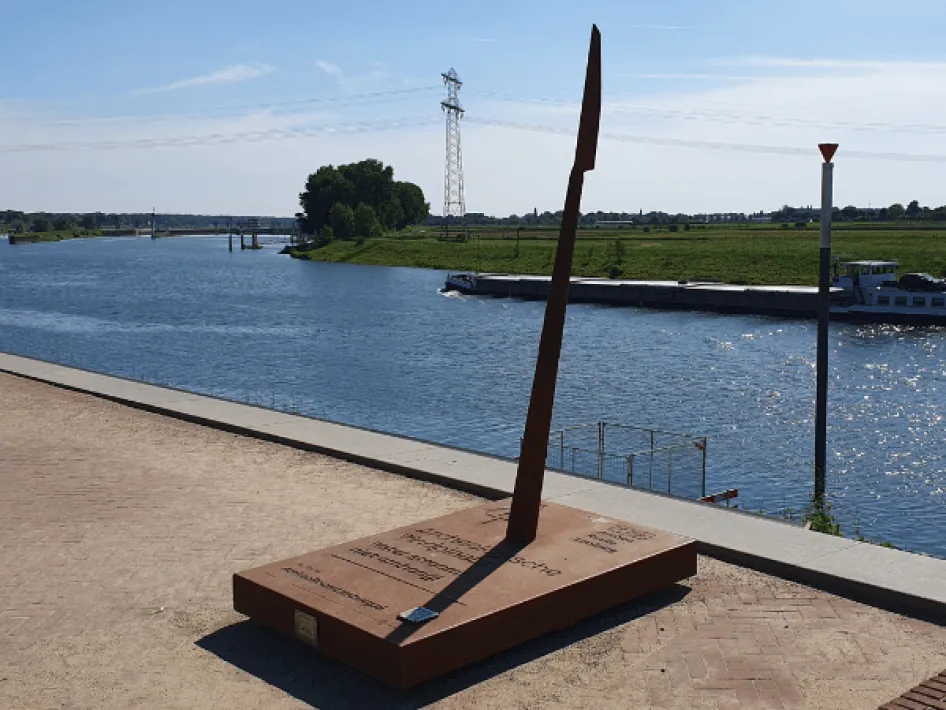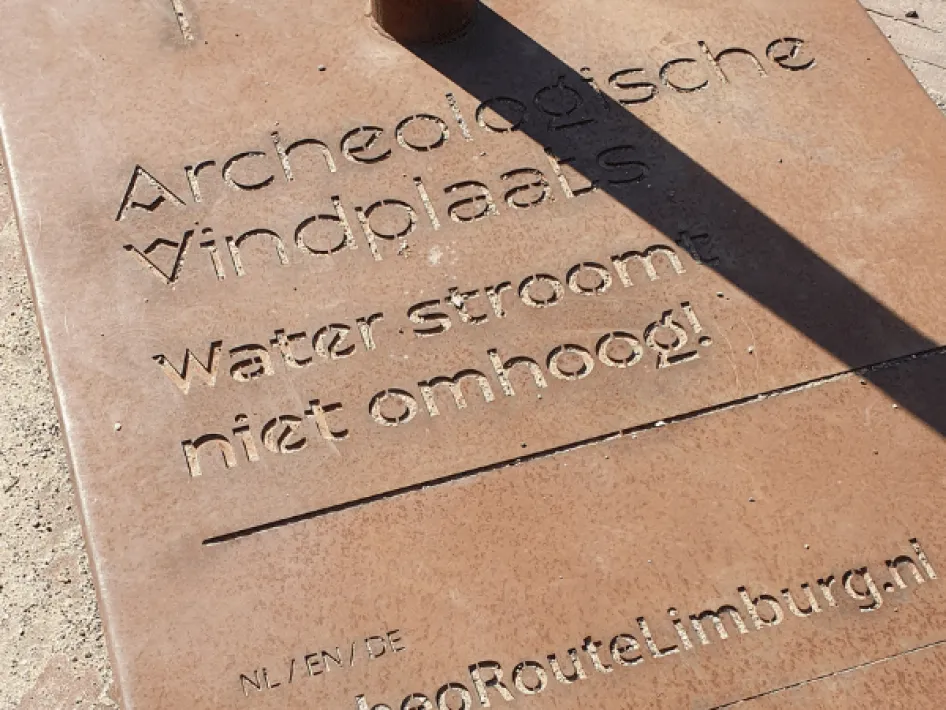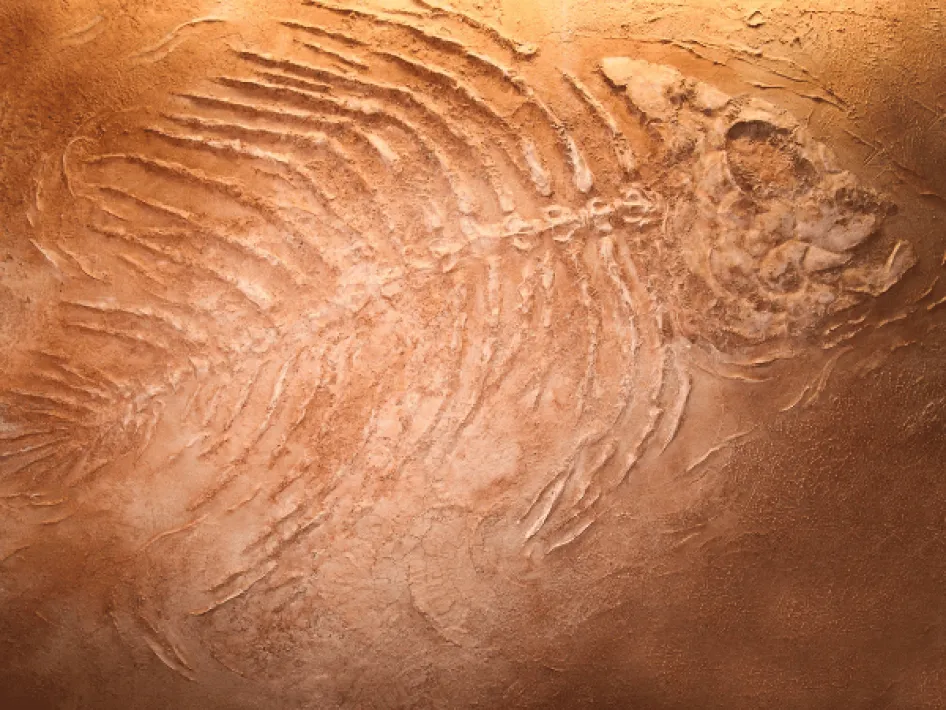Water moves to the lowest point, like here in the Jochumhof Botanical Garden. The Missiemuseum has fossils on display from the Tiglian Stage, some 2 million years ago, that were found at this very location.
This was a period with a mostly warm and wet climate that was home to special animals such as Cervus rhenanus and Eucladoceros, respectively a small and large deer, woolly rhinos, a few mammoth species, turtles, giant beavers and even a special species of monkey, related to today's monkeys on Gibraltar.
During and before the Tiglian Stage, the Netherlands was mainly covered by sea, except for a part of Limburg. The rivers, mainly the Rhine and Meuse, carried large quantities of gravel, sand and clay from the rising hinterland. That clay was quarried in Belfeld and Tegelen by the Romans and used as a raw material for pots, roof tiles and bricks. The clay industry that developed from the 18th century onwards originated from this.
Limburg is not hilly but nearly everywhere a plateau with stream and river valleys that have created a terraced landscape. From Germany to the Netherlands and especially from Kaldenkerken to Steyl, you will find yourself in such a terraced landscape. The Oermaas once flowed here, but it is long gone now.
Eventually, The Meuse washed fossils from the Tiglian Stage as far away as the Maasvlakte near Rotterdam. However, as the present Meuse has hardly changed its course over the past 5,000 years, it has never completely 'cleaned up' this ancient, cultural heritage. Along the Meuse, remains from the Stone Age, Bronze Age, Iron Age, Roman era and Middle Ages have been recovered. Human intervention made the landscape look the way you see it today.
In the Missiemuseum, but especially in the Jochumhof Botanical Garden, you will find fossils of animals from the Tiglian Stage. Want to know more? Then follow the cycling and walking route from the Jochumhof along the Aalbeek to the source area of this stream. Or go along the Aalsbeek to Chateau Holtmühle and then on to the Russel-Tiglia-Egypte clay quarry where many fossils have been found. Fossils from this and other quarries can also be found in Naturalis (Leiden), the Natuurhistorisch Museum Maastricht and the Teylers Museum in Haarlem.




